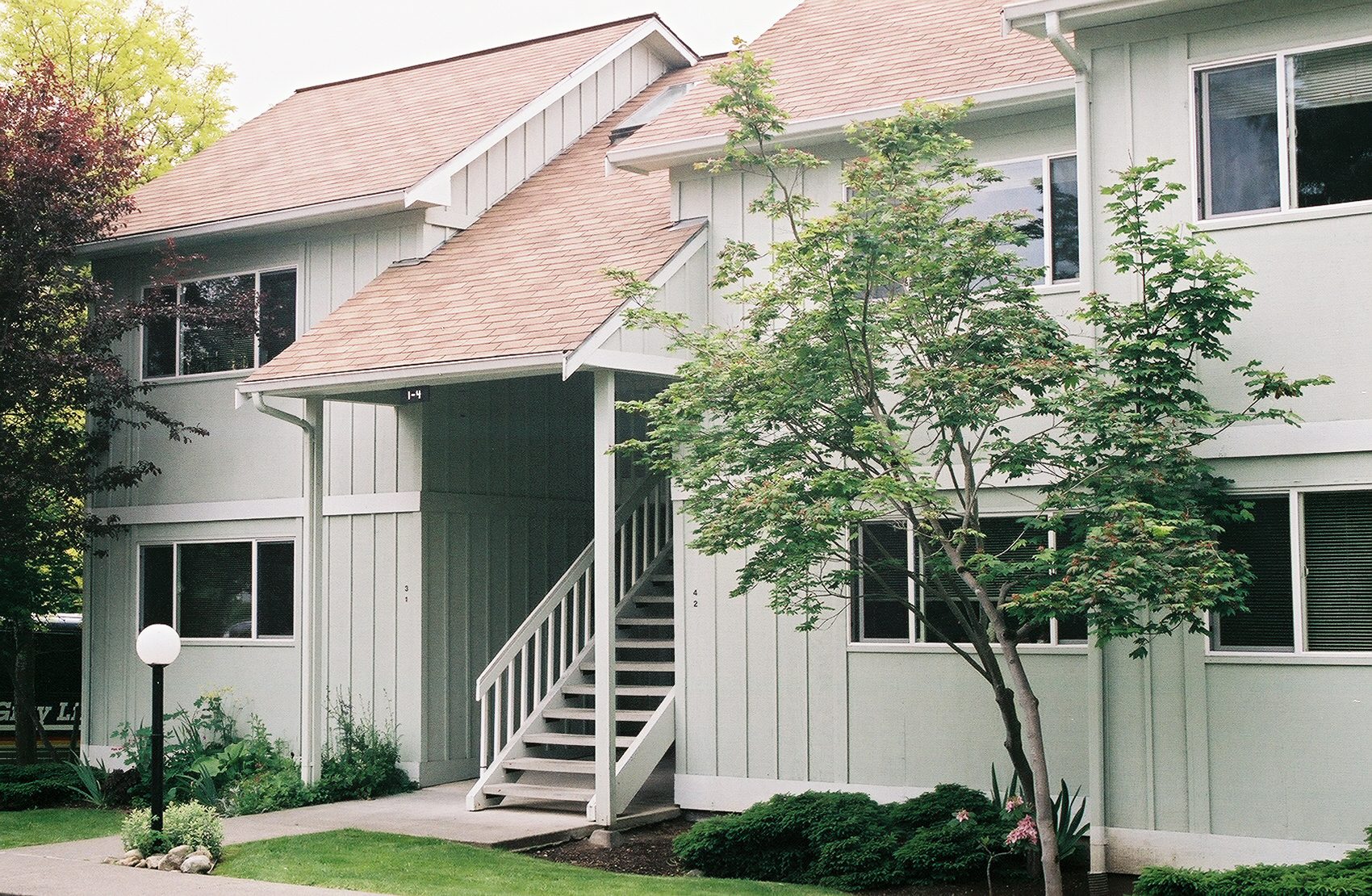
Magic seems unlikely. And some possibilities are clearly unpalatable. No one wants tenants to lose their homes because their aid ends and their rents increase. No one wants landlords to leave the affordable housing business because they can’t afford to operate with reduced income. No one wants funds to be shifted away from other rural housing programs to meet Rental Assistance needs. Fortunately, there are other options.
USDA Rural Development officials seem—at least in conversation—to have good intentions. They want to avoid future crises, they have listened to stakeholders’ suggestions, and they are willing to hear additional ideas. They also seem, however, to be intent on reducing the cost of the Rental Assistance program rather than fighting for the program because it meets tenants’ needs. For example, a Sept. 30, 2013, “unnumbered letter” instructs RD staff to underwrite rental preservation transactions with an emphasis on limiting the cost to the government, including decreasing Rental Assistance costs.
Most recently, USDA’s budget request for FY15 proposes a $50 per month minimum rent as well as significant changes that would give USDA new discretion in connection with RA contract renewals. The minimum rent—despite the possibility of exemptions for those with hardships—would hit tenants with the lowest incomes, as explained in this post by the National Housing Law Project. While the proposals to give USDA more flexibility could help keep the program afloat during another funding crisis, they could also allow USDA Rural Development to cut off funds on which owners and tenants rely.
First, USDA asks for authority to choose the order in which it would renew Rental Assistance agreements if there was another funding shortage. None of its suggested priorities is related to project budgets or to local rent levels. USDA suggests, reasonably, that it would not prioritize contracts that were not used during the prior 12 months, and that it would fund all expiring contracts in farmworker housing. Also, however, it wants to give priority to properties where more than half the units have Rental Assistance and to properties located in rural areas.
I’m not sure why properties with higher proportions of Rental Assistance units would need the aid more than those with lower proportions. In either situation, owners’ operating budgets rely on continued Rental Assistance income. And tenants’ abilities to absorb rent increases are not related to their neighbors’ need for aid.
I can guess a reason for prioritizing properties located in rural areas. Some older properties are in places that were rural when the projects were constructed but have since become suburban, and some farmworker housing is located in urban or suburban areas because those are convenient places for farmworkers to live. In these non-rural areas, rents are likely to be higher. USDA could reduce program costs by renewing the rural, less expensive Rental Assistance contracts first. Conversely, however, higher rents mean that these are the places where tenants are most likely to need the aid.
Second, USDA requests authority to renew Rental Assistance contracts for less than the standard 12-month terms. Last summer and fall, advocates did try to convince USDA to use shorter terms, as HUD does, to avoid letting contracts expire when funding ran out temporarily. USDA could have renewed twice as many RA contracts in September by funding each one for six months. But of course additional funding would have been needed after six months, so this tactic would not reduce the total program cost. Any flexibility in contract lengths should be available only in short-term situations, and should not be used to reduce program costs.
Third, USDA asks to be relieved of the responsibility to renew a contract before 12 months have passed if its funds are used up sooner. The agency reports that this happens in 3-5 percent of its RA contracts every year. It argues that property owners should be able to project their needs accurately a year in advance, and that those who use funds inefficiently receive these early renewals to the detriment of those who are more accurate and efficient. The fact is, however, that no one can avoid occasional miscalculations. Should owners of propane-heated USDA properties have been able to predict that propane shortages would occur in January, leading to price hikes and rationing? Should USDA landlords have known in advance about Hurricane Katrina or Hurricane Sandy?
Stakeholders have made many recommendations to USDA on ways to reduce the costs that Rental Assistance covers. Suggestions include increasing energy efficiency, eliminating duplicative administrative requirements, refinancing USDA mortgages at lower interest rates, and many more. I encourage USDA to pursue these ideas. They are not magic, but they can lower program costs in sensible ways without expecting the impossible from owners or tenants.
(Photo by Swainboat CC BY-NC-SA)






The FHLB Des Moines’ Strong Communities Fund housing programs have provided approximately $12 million in rehabilitation grants to non-profit owned USDA 515 properties. This discussion of the growing problem with funding the rental assistance is critical to the continuation of this valuable resource for the elderly and disabled in rural areas.
In my visits to these properties I was struck by the number of people that would not be able to rent anywhere without the combination of the 515 apartment coupled with rental assistance. Our review of tenant incomes showed the vast majority of tenants had incomes of $10,000 or year or less. There simply is nowhere for these people to go. I was additionally struck by the community created at each of these properties. Tenants, board of directors and management all held a sense of helping each other. There were numerous examples of tenants assisting each other from community gardens to home visits.
This is a good article to start the discussion on the viability of this key resource for rural comunities.
Thanks to Leslie for starting a discussion.